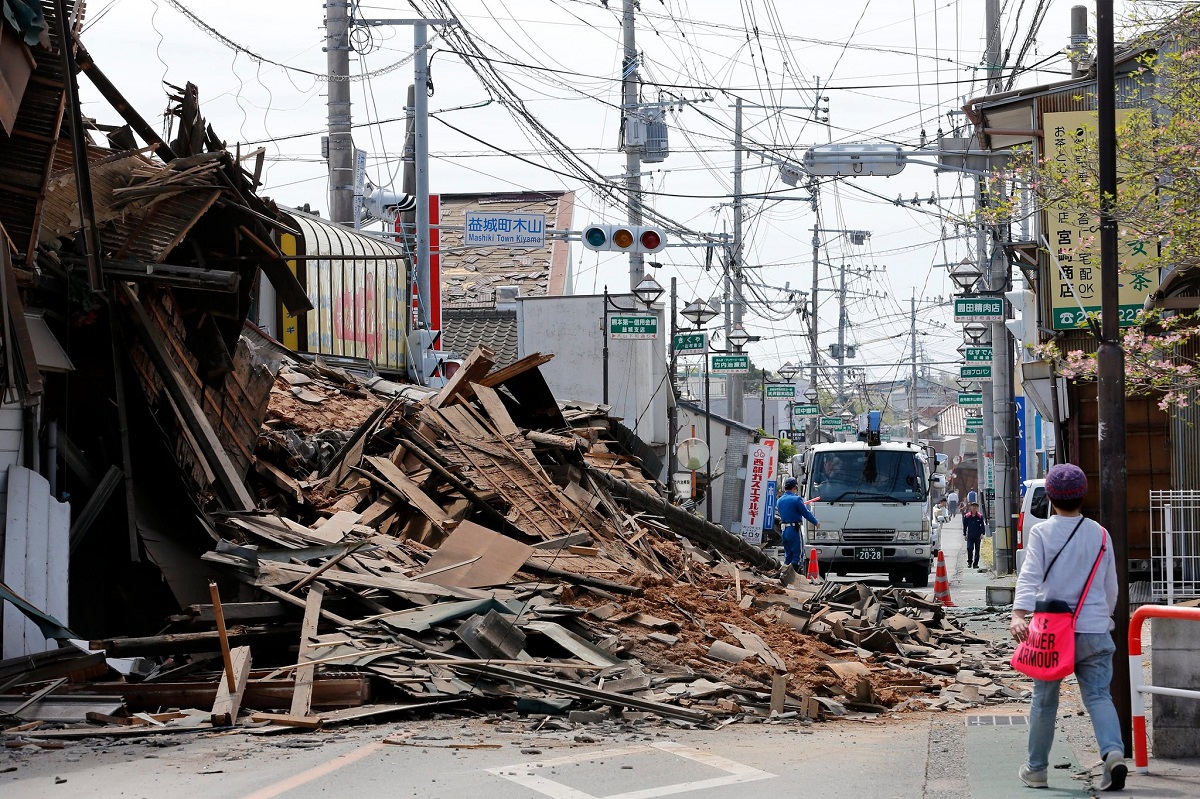
A strong earthquake rattled southwestern Japan late Wednesday, causing minor injuries to nine individuals and triggering damages such as burst water pipes and small landslides. Despite the tremors, authorities have assured the public that there is no danger of a tsunami.
Epicenter and Magnitude
The earthquake, measuring 6.6 on the Richter scale, originated just off the western coast of Shikoku, Japan’s southwestern main island, in the Bungo Channel area. Situated approximately 50 kilometers (30 miles) below the sea’s surface, the quake’s epicenter was positioned in a strait separating Shikoku from the southern main island of Kyushu.
Minor Injuries and Property Damage
According to reports from the Fire and Disaster Management Agency, six individuals in Ehime prefecture, two in neighboring Kochi prefecture, and two more in Oita on Kyushu island sustained minor injuries, primarily from falls within their residences. Instances of burst water pipes were noted in Sukumo City, Kochi prefecture, while a Buddhist temple in Ainan town, Ehime prefecture, witnessed collapsed gravestones. Additionally, falling roof tiles were reported in several areas affected by the quake.
Nuclear Facilities Unaffected
Despite the seismic activity, the Nuclear Regulation Authority confirmed that no abnormalities were detected in the four reactors operating at three nuclear power plants in Shikoku and Kyushu. This reassurance comes as a relief, considering Japan’s history of nuclear-related incidents following earthquakes.
Japan’s Vulnerability to Earthquakes
Japan’s geographical location along the Pacific “ring of fire” renders it highly susceptible to seismic events. The country has experienced devastating earthquakes in the past, notably the magnitude 9.0 quake and subsequent tsunami in March 2011, which claimed nearly 20,000 lives and led to the Fukushima Daiichi nuclear meltdowns. Another significant quake, measuring 7.6 in magnitude, struck the north-central region of Noto on January 1, resulting in 241 casualties.
As Japan continues to grapple with its seismic vulnerability, the recent earthquake serves as a reminder of the importance of preparedness and infrastructure resilience in mitigating the impact of natural disasters.






